Which Ivy Is Best For A Garden? 7 Varieties Of Ivy To Grow (And 2 To Avoid)
Lots of varieties of ivy can complement your garden, provide groundcover, or create a private oasis, but which is best? Explore our top picks for beautiful ivy.
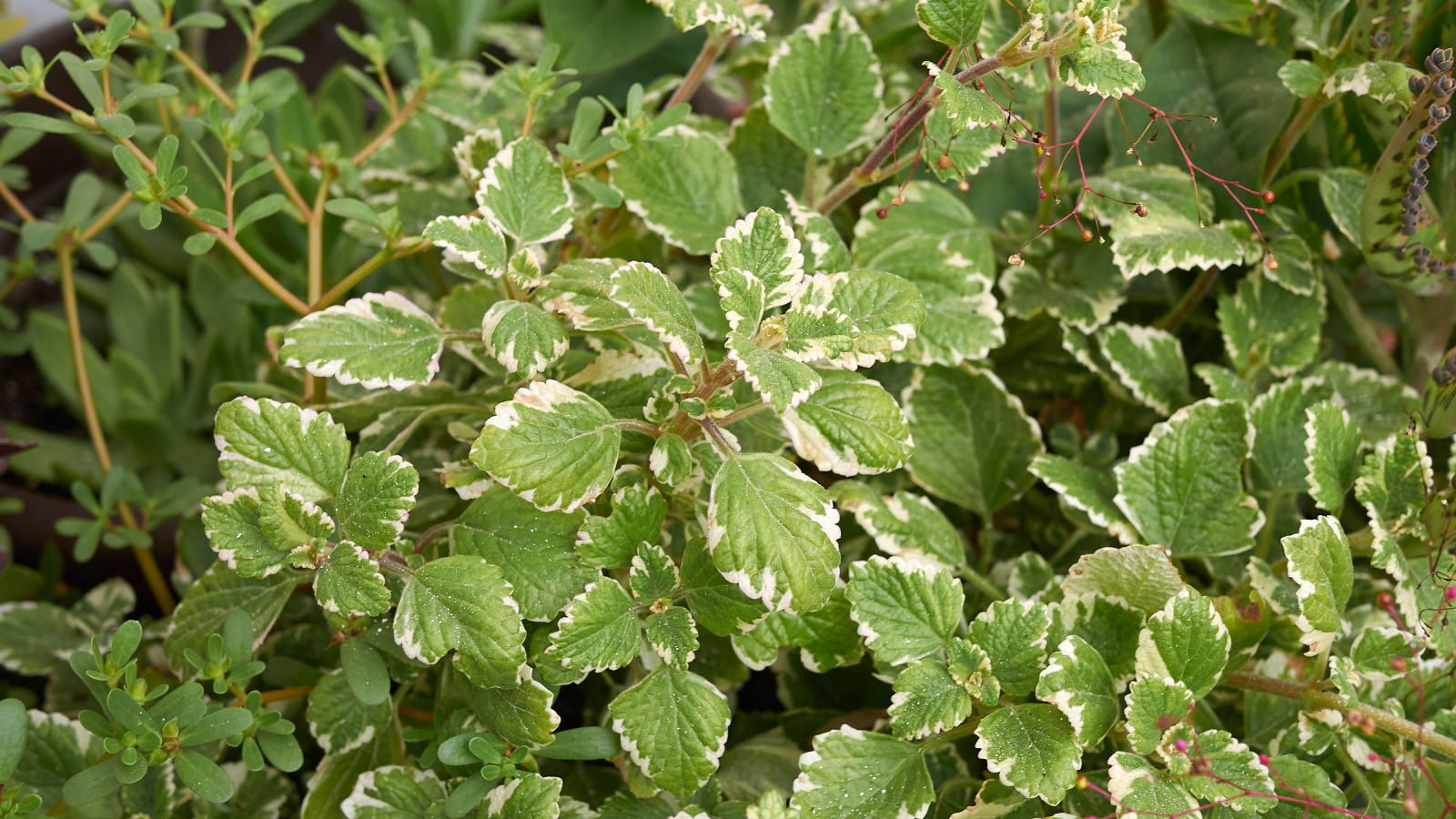
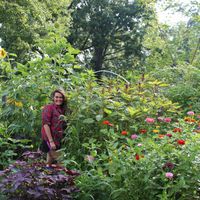
A symbol of strength and vigor, ivy is known for its ease of growth and long-lived nature. With this in mind, it is easy to understand how growers may first become interested in the various varieties of ivy plants available as houseplants and for the home landscape.
Choosing the best variety of ivy for one’s own garden will vary widely from region to region and depend upon the grower's personal preferences. Such characteristics may include overall size of the plant at maturity, appearance, and even required cultural conditions. Although, some varieties like English ivy are best grown indoors, but there are plenty of English ivy alternatives you can plant outside that are not as aggressive.
Understanding the needs of this diverse range of plants will help to ensure that, whether growing these vines in the landscape or in indoor spaces, they will provide beauty for many years to come.
Best Varieties Of Ivy
Let's explore several of the most popular garden cultivars in greater detail, accounting for both their needs and unique use in ornamental spaces.
1. Algerian Ivy
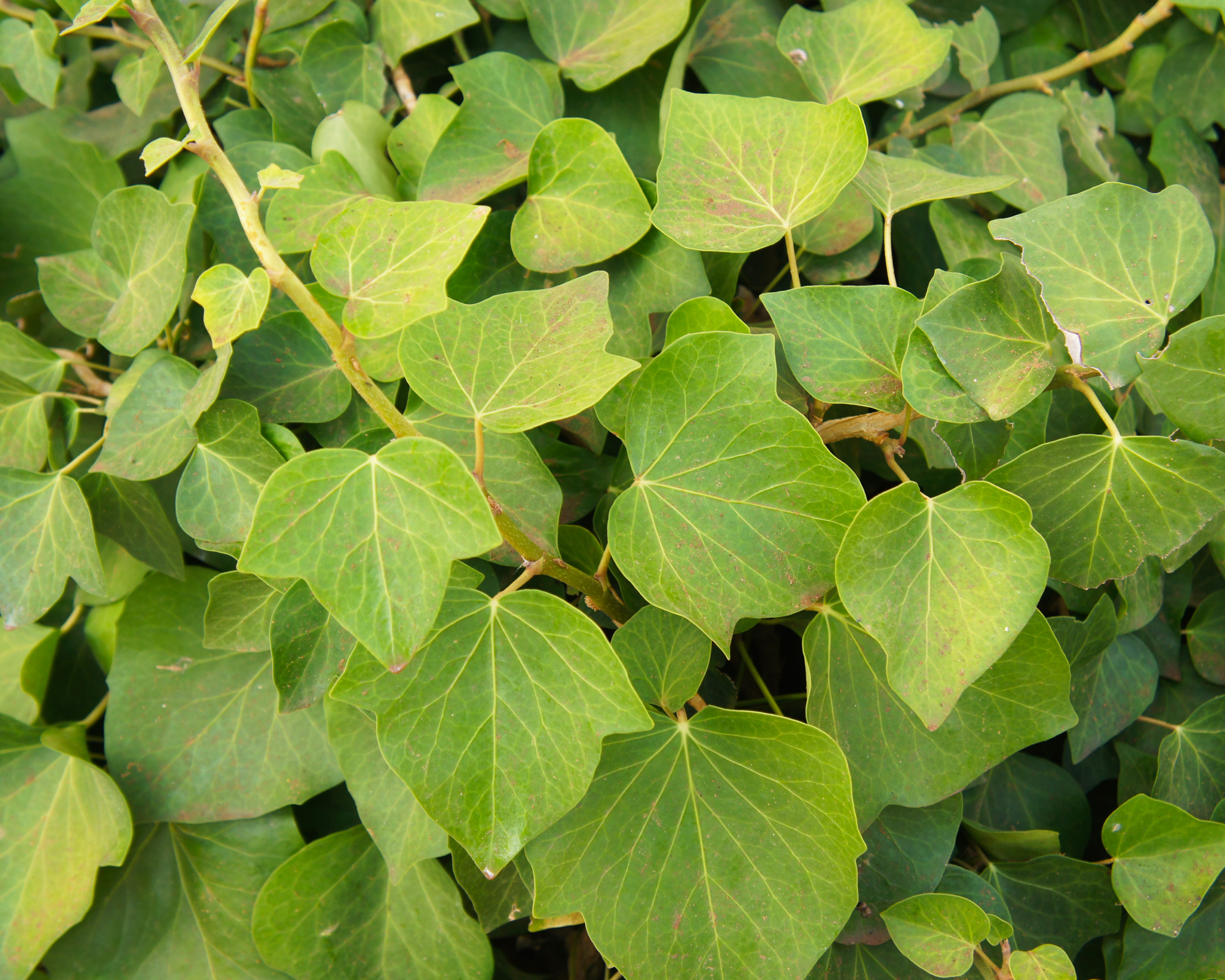
Commonly known as Algerian ivy, Hedera canariensis is a popular choice for use as a groundcover. Mature plants will grow best under shady conditions, where soils are able to remain consistently moist throughout the season. Though the species does show some tolerance to drought, it is often damaged by cold and may even die back in regions where winter weather is especially harsh.
2. Baltic Ivy
This ivy type is best known for its use as a groundcover in otherwise hard-to-manage ornamental beds. This includes those that are covered in dense shade throughout the majority of the day, as well steep slopes or grades. Though very similar to English ivy, Baltic types have leaves that are smaller and are generally considered to be somewhat less aggressive in growth. In terms of ivy, houseplant varieties of this species are also common and are well-suited to being kept indoors in containers.
3. Boston Ivy
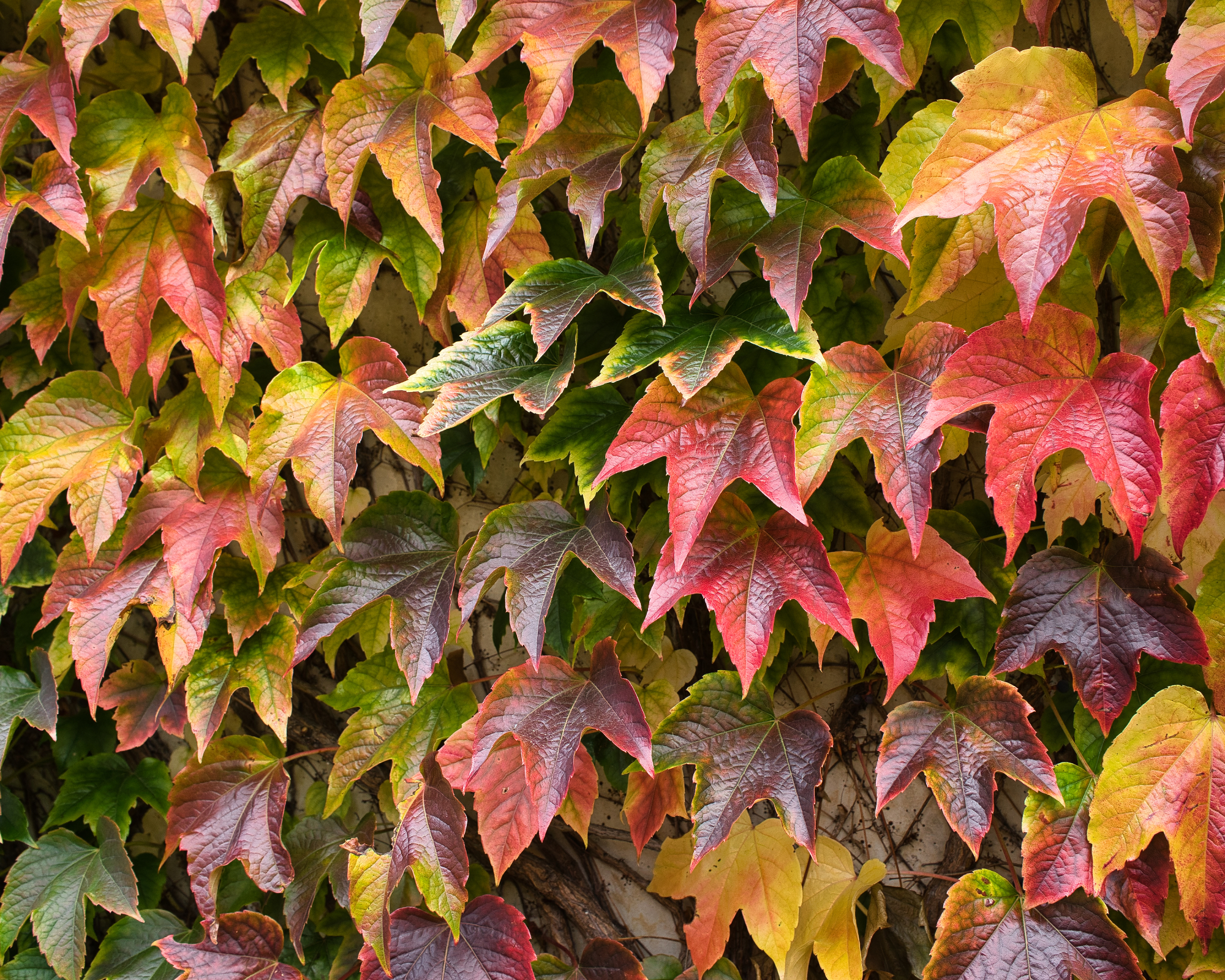
Though commonly referred to as an ivy, Parthenocissus tricuspidata vines are beloved for their ability to climb most any structure. Still, care should be taken to avoid damage to buildings or trellises. Unlike evergreen species, Boston ivy demonstrates a deciduous habit; changing to vibrant shades of red and orange, and then losing its leaves as the weather begins to cool in autumn.
Sign up for the Gardening Know How newsletter today and receive a free copy of our e-book "How to Grow Delicious Tomatoes".
4. Irish Ivy
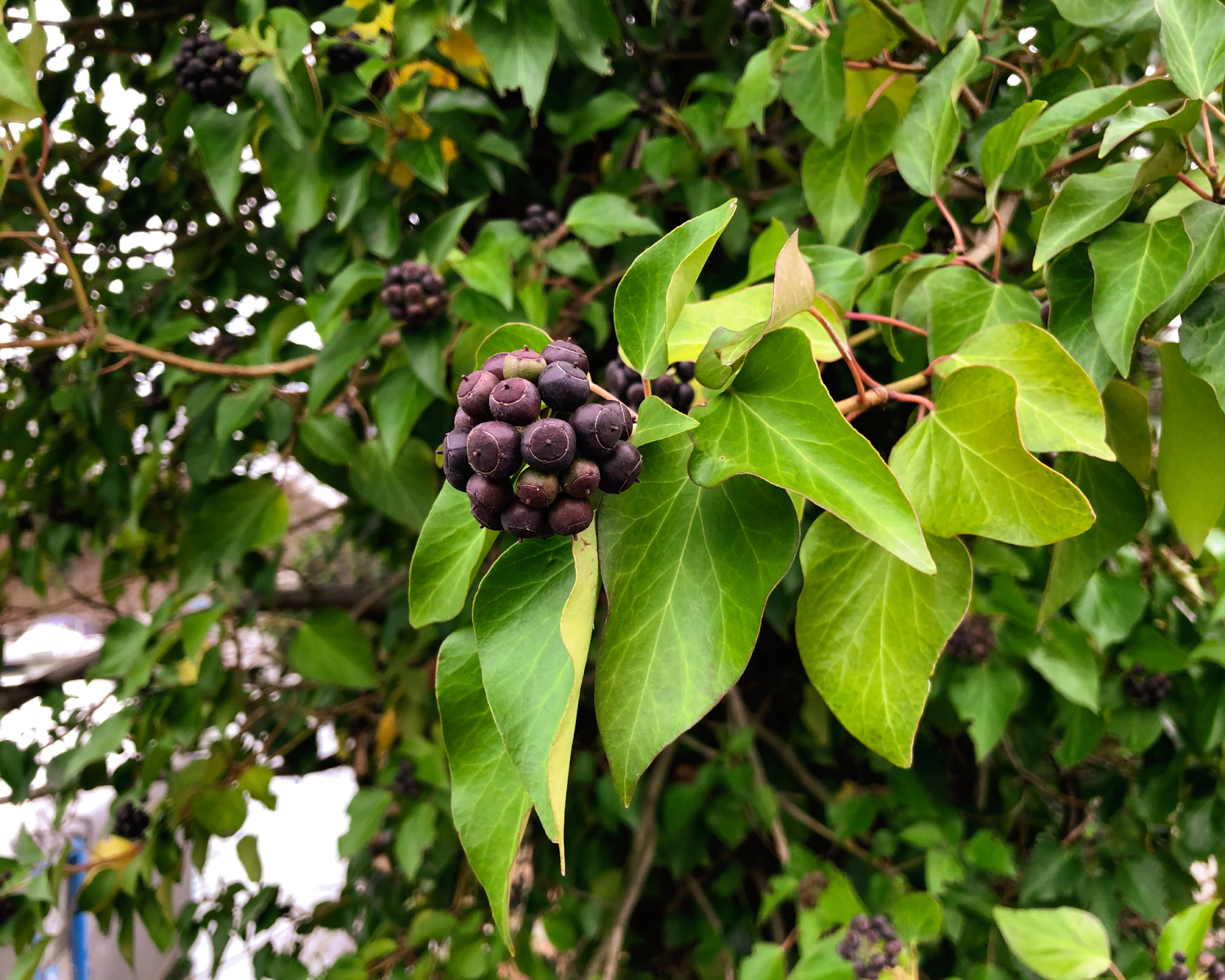
Ivy plant types, like Hedera hibernica, differ slightly in terms of appearance. However, each can be used in ways similar to other species. Irish cultivars are often noted for their utility in terms of erosion control and urban planning. Like many species, gardeners should proceed with caution, as the plant’s ability to spread may cause it to become problematic. Before planting, growers should always reference local laws or regulations regarding the plant.
5. Persian Ivy
Growing ornamental ivy plants outdoors is especially beneficial when they are positioned in high-traffic locations. This includes close proximity to paths, driveways, and sidewalks. Persian ivy species, which are specifically known for their attractive foliage, are most common in these areas. It is also a good choice for growth in outdoor containers, across trellises, and near fences.
6. Swedish Ivy
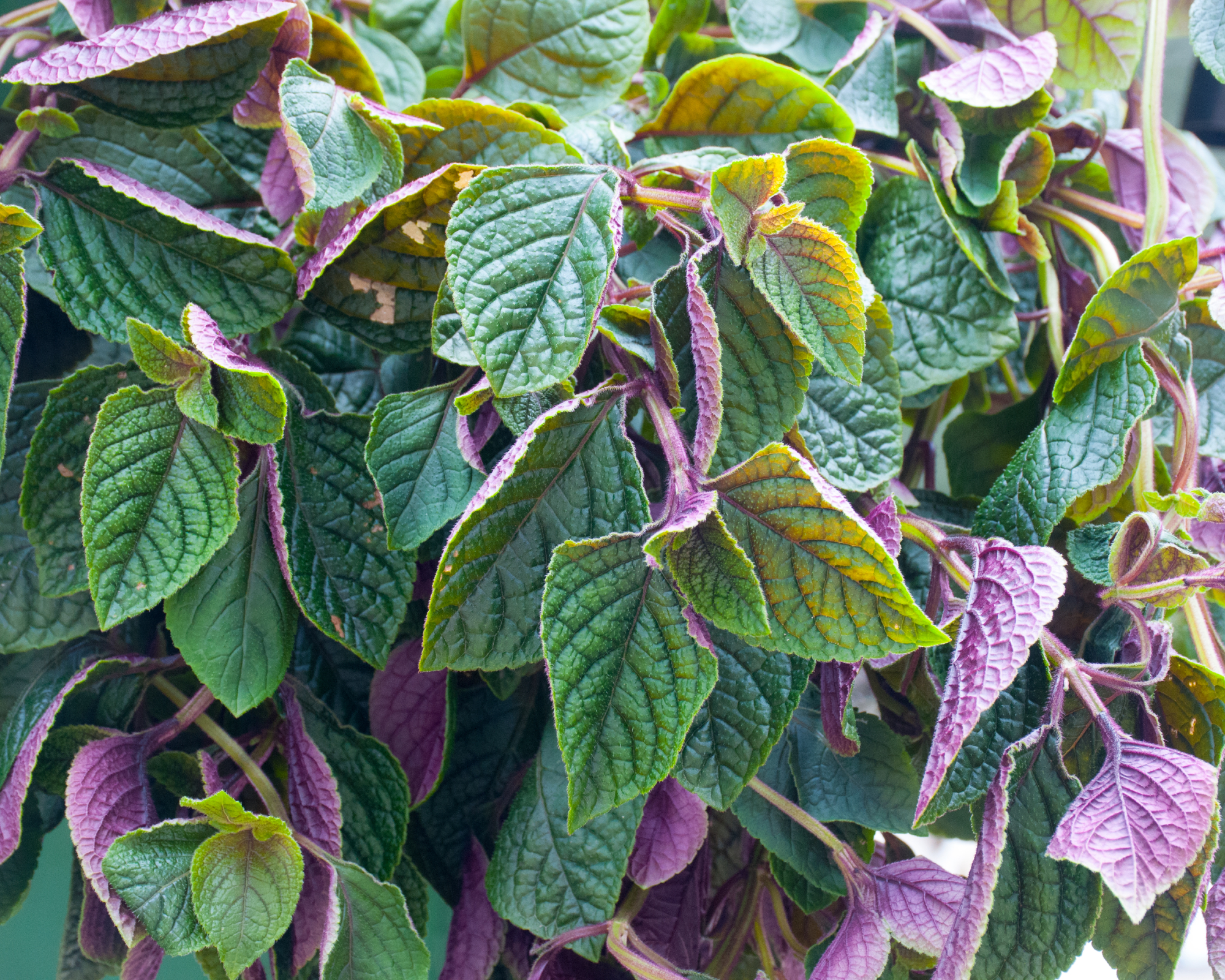
Hardy to USDA zones 10-11, this tender species is ideal for use as a houseplant or in containers. Gardeners outside of the plant’s hardiness range have also found success growing the plant as an annual. Rather than being grown as a climber, most gardeners opt to position Swedish ivy where tendrils are able to dangle or hang freely.
7. Virginia Creeper
Virginia creeper (Parthenocissus quinquefolia) is often grown as a quality alternative to many more aggressive ivy species. Native to much of the United States, this plant is among the most hardy types available to home gardeners. Despite its status as a wildflower, growers note that the plant spreads quickly, covering fences and other structures with ease.
Two Ivy Varieties To Avoid
These varieties are known problems for American gardens and require specific treatment.
1. English Ivy
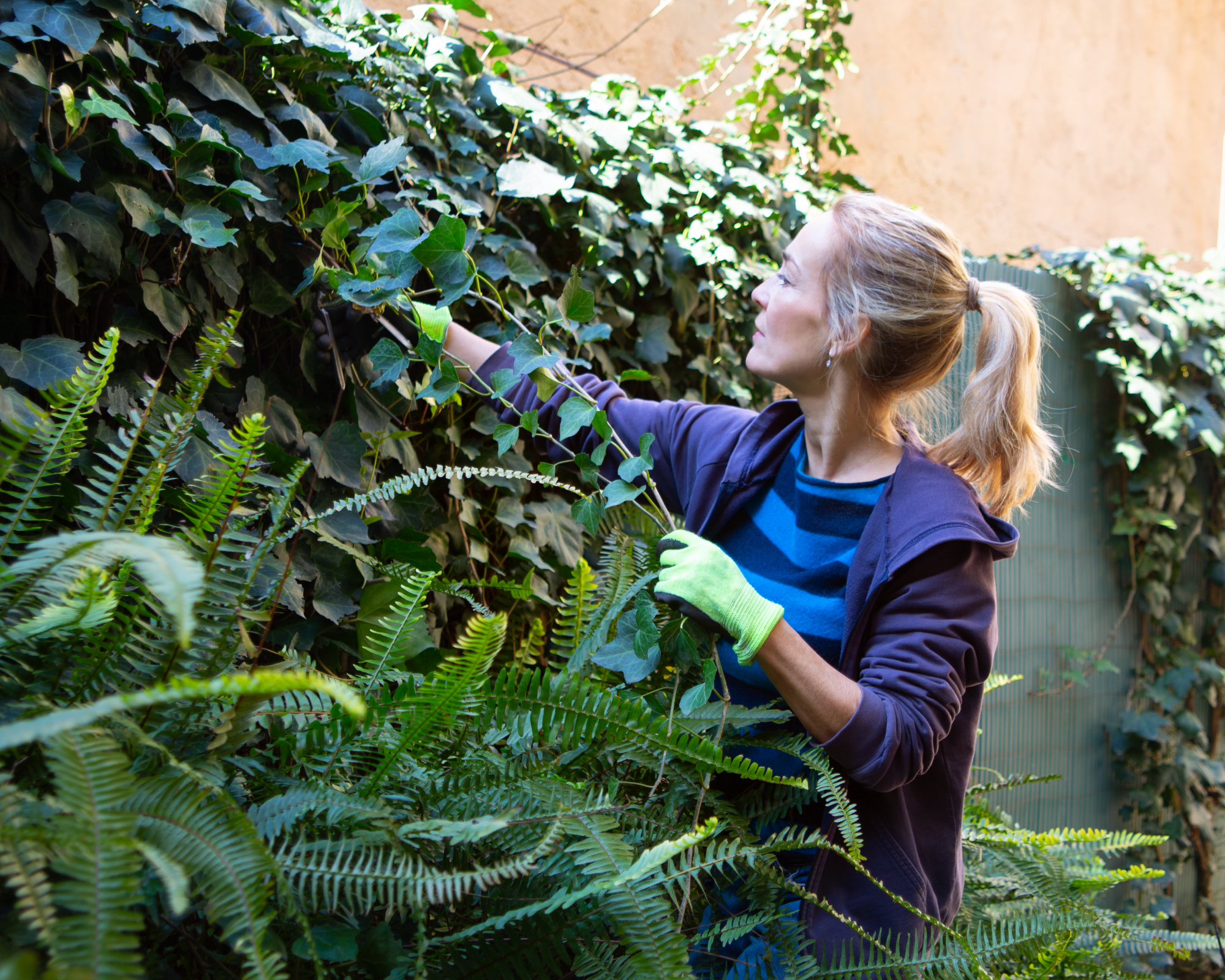
Though English ivy is sometimes grown as a houseplant, most experts discourage gardeners from planting it outdoors. Specific types of Hedera helix have long been associated with aggressive or invasive growth habits. English ivy has become specifically problematic due to its ability to overtake trees, outcompete native species, and even damage property. Choosing English ivy alternatives that will be less aggressive, but still check the boxes for providing groundcover or privacy screening is a good idea.
2. Poison Ivy
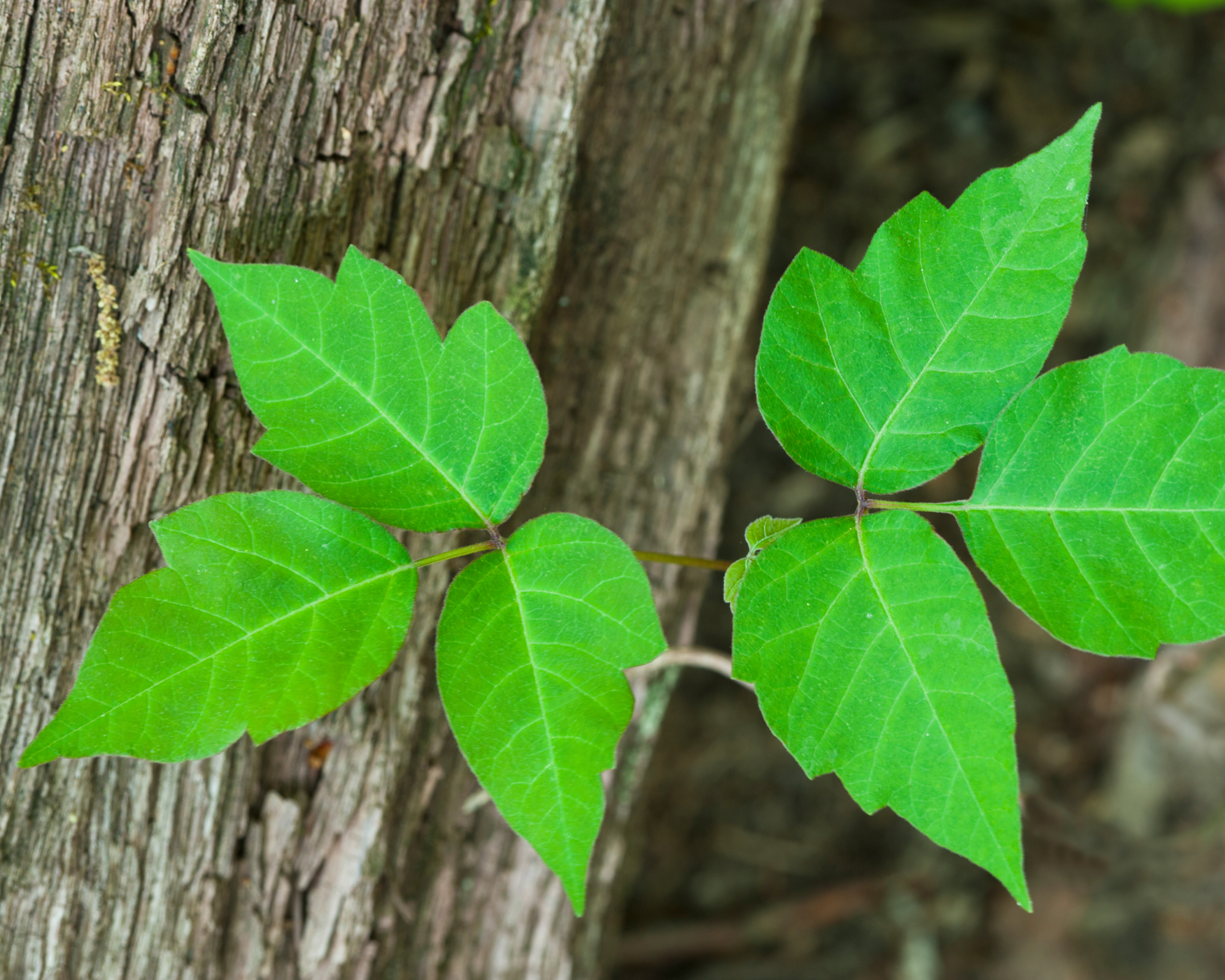
Though its common name would imply otherwise, poison ivy has little to no relation to true ivy plants. A native to much of the United States, Toxicodendron radicans is best known for its ability to produce rash-like reactions in persons that have been exposed to the plant. Experienced gardeners suggest monitoring growing beds and identifying poison ivy early so it can be removed safely before it is able to become established.
More Gardening Inspiration
- Add privacy and visual interest to your yard with our picks for five fabulous fast-growing vines!
- Evergreen climbing vines make beautiful features and look great all year long.
- Add more interest to your oasis with some small privacy trees that are sure to create lush seclusion in even the smallest garden.
- Browse stunning trees and shrubs in the Gardening Know How Shop – your go-to destination for all your landscaping needs.
- Get more inspiration and expert advice delivered straight to your inbox when you sign up for the free Gardening Know How Newsletter.
This article features products available from third-party vendors in the Gardening Know How Shop.
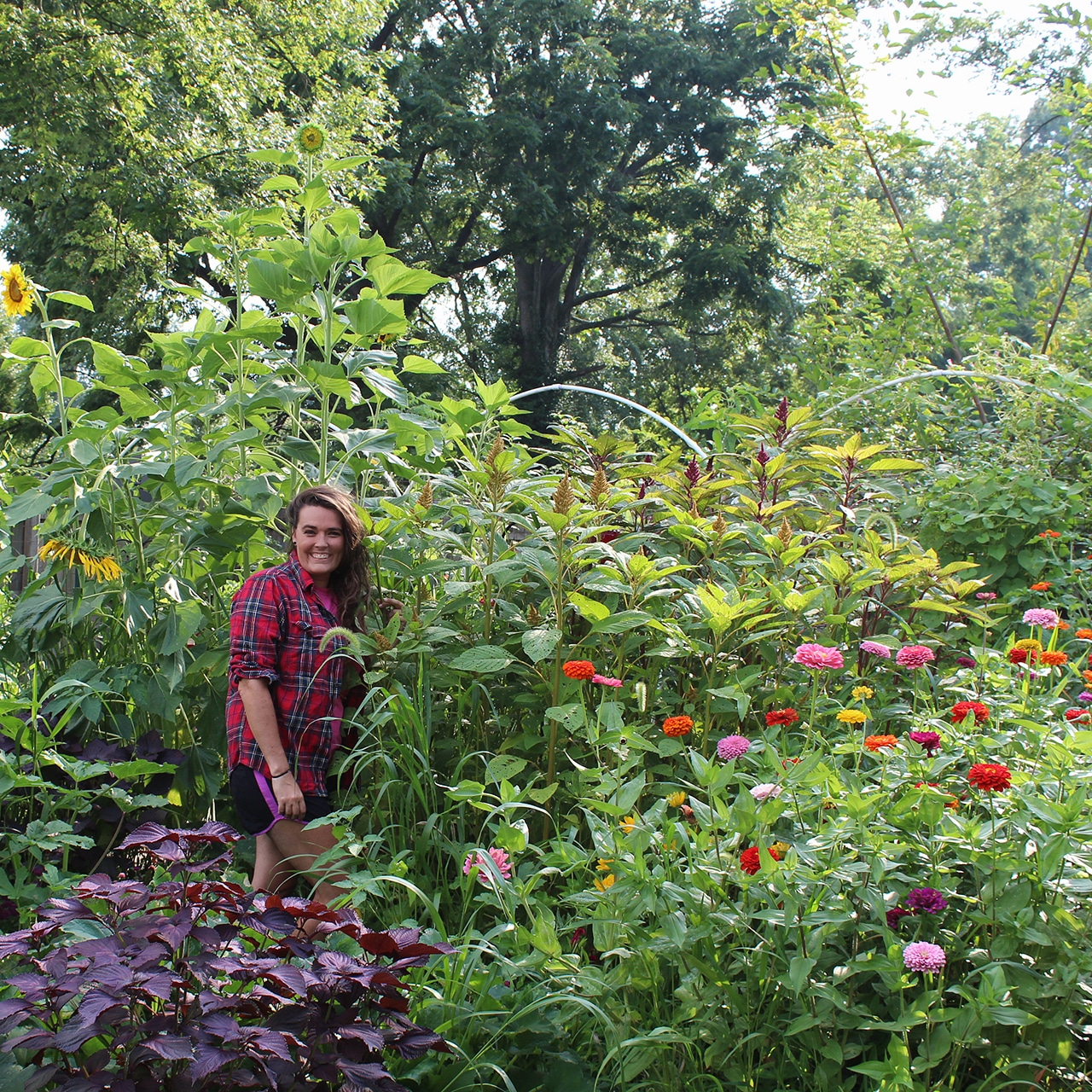
Tonya Barnett has been gardening for 13 years. Flowers are her passion. She has transformed her backyard into a cut flower garden, which she regularly chronicles on her YouTube channel http://www.youtube.com/@tonyawiththeflowers.